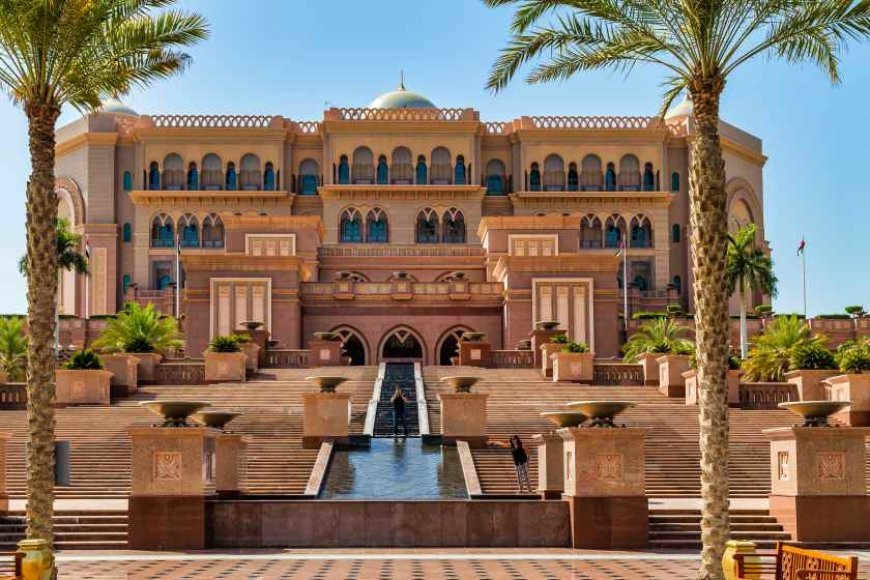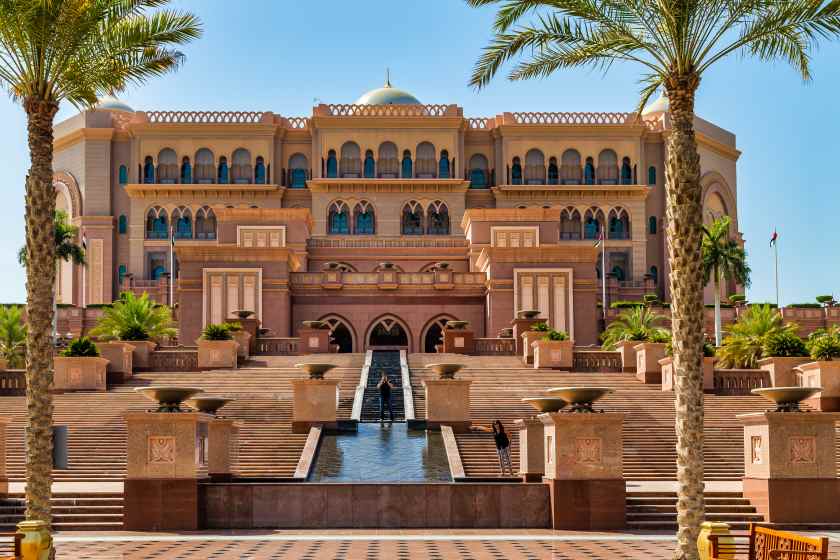Now, Sharjah Looks to Expand UNESCO List with Wadi Al Helo and Mleiha for Tourism and Cultural Preservation


After expanding Al Faya Palaeolandscape Sharjah’s UNESCO World Heritage List, the emirate is now looking to obtain the same recognition for Wadi Al Helo in the Eastern Region and Mleiha in the Central Region. These two sites not only hold significant historical importance, but also great potential in tourism and are ready to be actively promoted in Sharjah’s developing tourism sector.
The recognition of Al Faya as a UNESCO World Heritage site was a significant achievement for Sharjah, adding to the emirates’ reputation as a center for cultural and archaeological tourism. Sharjah has further plans to strengthen their position in the tourism market with the addition of these sites due to Mleiha and Wadi Al Helo already being placed on the Tentative List.
Al Faya’s Success: Enhancing the Appeal of Heritage Tourism in Sharjah
Al Faya’s insrciption into UNESCO’s World Heritage List brought to light the region’s ancient humans’ Al Faya’s ancient human settlements, fossils, stone tools, and more offer a incredible insight into the Pleistocene era, making it a remarkable glimpse to see how humans lived in the region, allowing them to with ease peek into their lives. Sharjah, to a greater extent, has been able to cope with the field of heritage tourism.
Recognizing the significance of Al Faya has notably drawn attention to Sharjah for cultural tourism, above and beyond what was previously Pescribed. With the addition of Wadi Al Helo and Mleiha, which are rich with archaeological and historical insight into ancient civilizations in the Arabian Peninsula, there is potentail for it to rise further. Al Faya, Sharjah and other Middle Eastern countries would become a cultural hub for social tourism with these sites added to UNESCO’s list.
Wadi Al Helo – A Place of History and Nature Wonders
Wadi Al Helo, located in Sharjah’s Eastern Region, is an extraordinary archaeological site and is famous for its prehistoric rock engravings and burial sites. The rock engravings also include the carvings of animals and humans as well as abstract symbols. They shed light onto the artistic imagination and culture of early humans in the Arabian Peninsula, which is invaluable for the region’s prehistoric artistry and culture.
In addition to its archaeological importance, wadi al helos ancient settlements have an age of thousands of years. Thus, centuries of human history have made it crucial for the understanding of ancient civiliazations. For the tourists, the blend of history and natural beauty sharpens the experience. The vivid and dramatic landscapes, along with the importance of the ancient rock carvings, enhances the experience.
Furthermore, the beautiful views of the deserts and mountains that surround the rock carvings and ancient sites boost Wadi Al Helo’s appeal as a hiking and natural beauty tourism region. The natural beauty along with the ancient artifacts utilize Wadi Al Helo as a site for heritage tourism. There are also plans to develop infrastructure that will ensure an environmentally friendly approach while interacting with the culture.
Mleiha: A Hidden Gem of Archaeological Wonders
Mleiha is one of the archeological treasures of Sharjah as it spans several eras in ancient history. It is also a site of the ancient tombs, burial sites, and forts. Tourists can explore the Mleiha Archaeological Centre, where they will find the remains of ancient humans and artifacts. Sharjah is renowned for its archeological sites and Mleiha houses one of the most ancient tombs and preserved the early forts.
Mleiha is more renowned for prehistoric discovers of ancient elephants and roaring rhinoceros who anciently inhabited the area of Arabian Peninsula. These remarkable and ancient discovers such as the iron age settlement uncover human development in the region.
Mleiha also offers educational tourism where one can find guided tours and interactive exhibits. Mleiha Archaeological Centre, besides the interactive exhibits, offers guided and informative presentations about the ancient region and is a must see for all who travel to Sharjah. Tourists can explore the ancient preserved tombs, ancient fossil remains, and the stunningly preserved shrines.
Steps Toward Recognition by UNESCO: An Effort Driven by Tourism
Both Wadi Al Helo and Mleiha are already inscribed on UNESCO’s Tentative List, which is a crucial first step towards obtaining full World Heritage status. The Sharjah Archaeology Authority (SAA) has put in considerable effort in creating nomination files, detailing the historical and cultural significance of the sites and the anticipated impact on the emirate’s heritage tourism industry.
Achieving UNESCO World Heritage status is anticipated to greatly elevate Sharjah’s standing as a cultural tourism hub, attracting a global audience keen on the UAE’s archaeological heritage. Alongside Sharjah’s heightened global standing, the recognition will serve as a catalyst for sustainable tourism development geared towards preserving these unparalleled sites.
The Effect on Sharjah’s Tourism Industry
The listing of Wadi Al Helo and Mleiha as UNESCO World Heritage Sites will have a remarkable effect on Sharjah’s tourism industry. As the emirate shapes its identity as a cultural and heritage tourism hotspot, the listing will serve as a magnet for visitors, thus creating impressive opportunities for economic advancement and investment.
Visitors to these UNESCO-listed sites will enhance Sharjah’s tourism infrastructure such as hotels, transportation, and other local businesses. Furthermore, UNESCO recognition will aid in promoting cultural exchanges while simultaneously sustaining tourism, allowing visitors to learn about the region’s history and conservation efforts.
Wadi Al Helo and Mleiha: Sharjah’s Future as a Heritage Tourism Center
Sharjah’s endeavors to secure UNESCO World Heritage recognition for Wadi Al Helo and Mleiha showcases the emirate’s efforts in conserving its cultural heritage while practicing sustainable tourism. With the inclusion of these two archaeological sites to the UNESCO World Heritage list, Sharjah will become a frontrunner in heritage tourism, offering its extensive history and natural beauty to international tourists.
The Sharjah Archaeology Authority is in the process of compiling the requisite documents and liaising with relevant global institutions, making the prospective UNESCO World Heritage designation seem likely. Wadi Al Helo and Mleiha’s designation will undoubtedly enhance Sharjah’s global tourism ranking and strengthen its position as a hub for heritage tourism.
The post Now, Sharjah Looks to Expand UNESCO List with Wadi Al Helo and Mleiha for Tourism and Cultural Preservation appeared first on Travel And Tour World.






